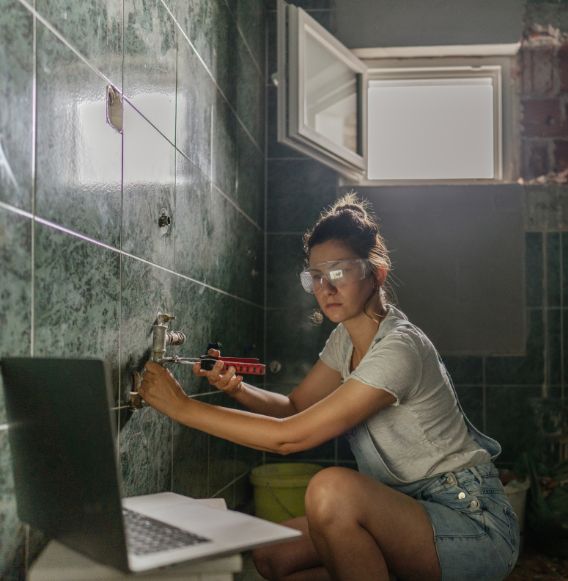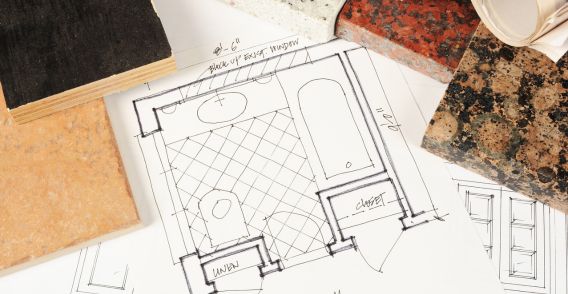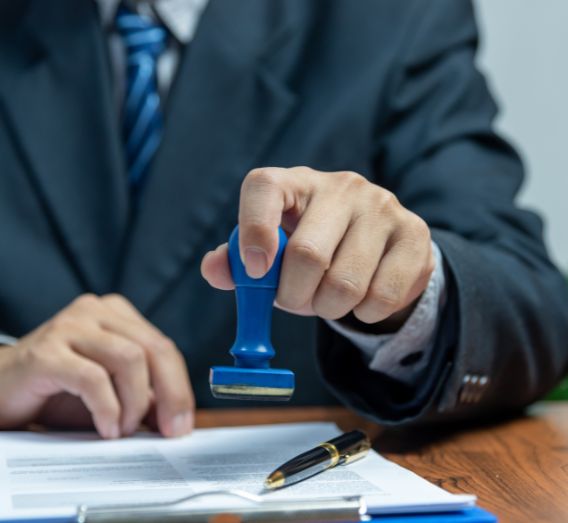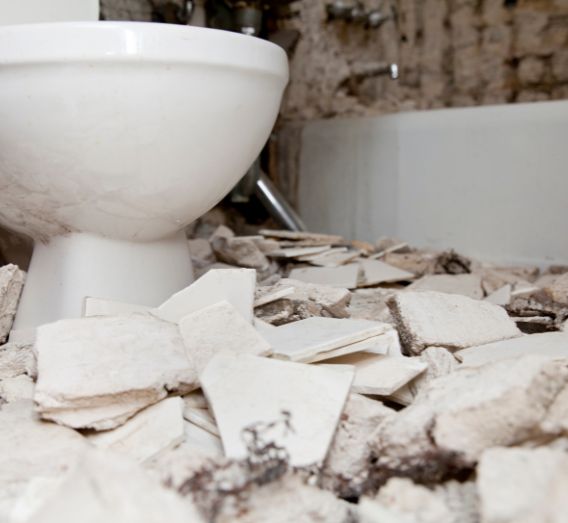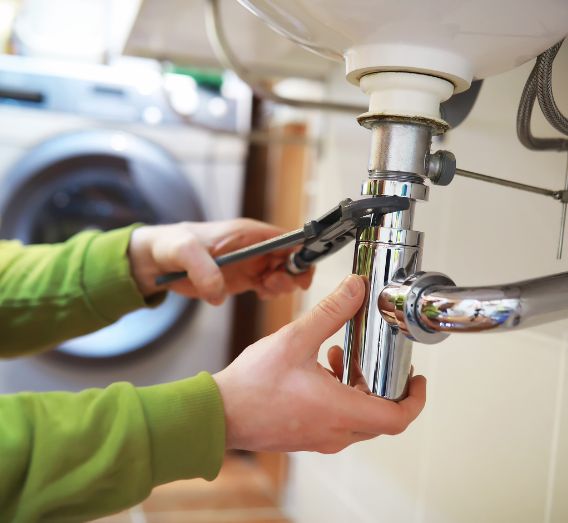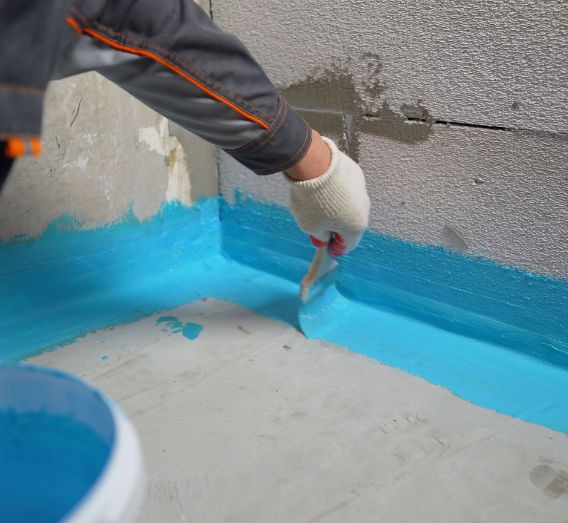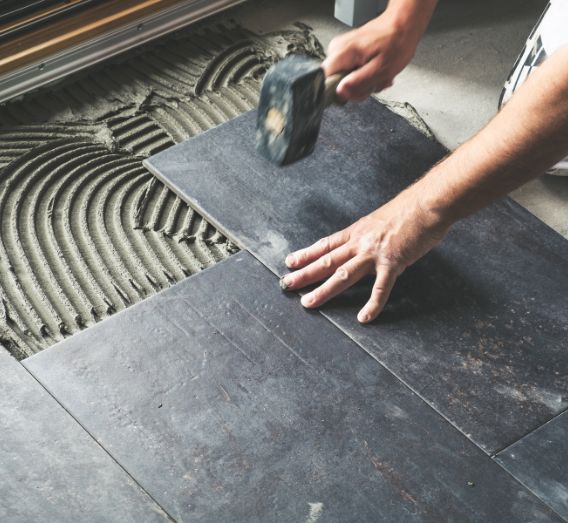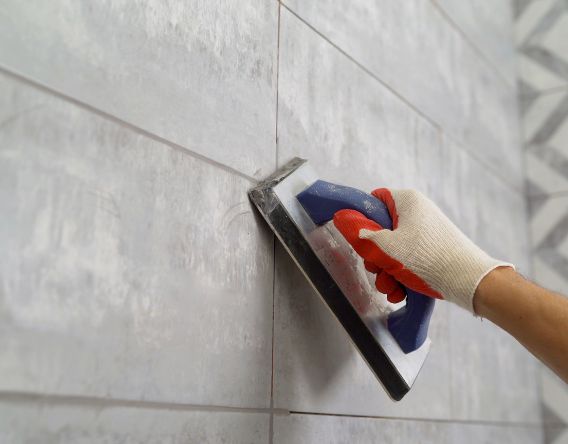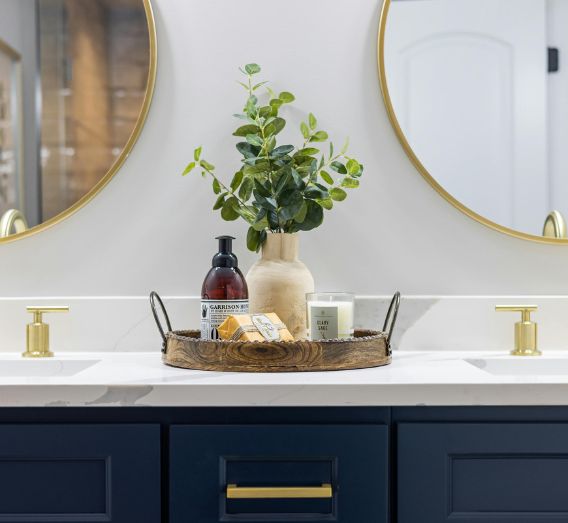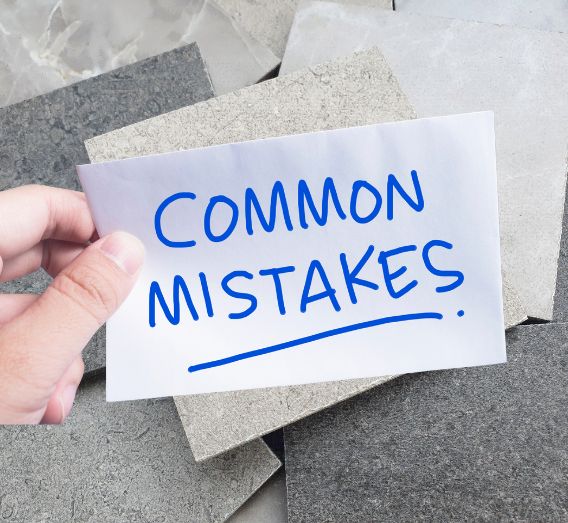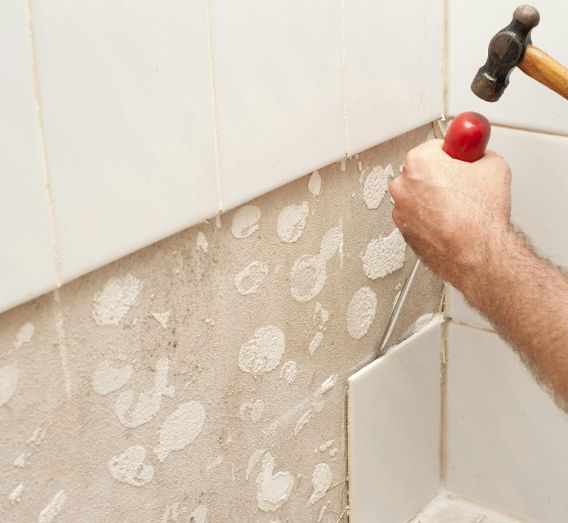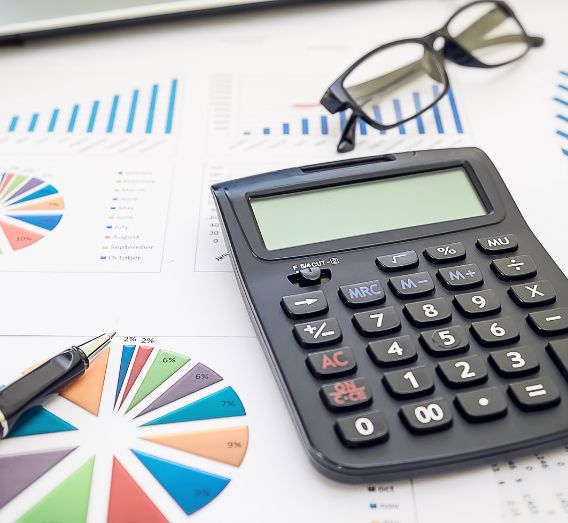Need Help Choosing Tiles for Your Bathroom?
We know picking the right tiles can be overwhelming, and that’s why we’re here to help. Our showroom offers a wide collection of bathroom tiles for both walls and floors, from timeless neutrals to bold feature pieces.
Not sure what will suit your space? Our in-house interior designer, Stephanie, provides personalised colour and design consultations to help you create a bathroom that feels just right.
You can also order free tile samples so you can see how they look in your own lighting and space.
Explore our bathroom tile collection or book your free design consult with Stephanie today. Visit our Sydney showroom or request free samples online.
DIY Bathroom Renovations FAQs
Can I renovate my bathroom myself in Australia?
Yes, you can complete many parts of a bathroom renovation yourself, such as demolition, tiling, painting, and installing fittings. However, plumbing, electrical, and waterproofing (in some states) must be done by licensed professionals to meet legal and safety standards.
Do I need council approval to renovate my bathroom?
In most cases, no council approval is needed for a standard bathroom renovation if you’re not altering the structure or layout. But if you’re moving plumbing, removing walls, or making major structural changes, it’s best to check with your local council.
How much does a DIY bathroom renovation cost in Australia?
DIY bathroom renovations typically cost between $5,000 and $15,000, depending on the size, scope, and quality of materials used. Doing the labour yourself can save thousands, but you’ll still need to factor in licensed trades where required.
Can I waterproof my bathroom myself?
It depends on your state. In some areas, like NSW, waterproofing must be carried out by a licensed waterproofer. In others, DIY is allowed but must still meet the Australian Standard AS 3740.
How long does a full DIY bathroom renovation take?
A full DIY renovation can take anywhere from 3 to 6 weeks, depending on your availability, scope of work, and whether you need to coordinate with trades.
In what order should you renovate a bathroom?
The typical renovation order is: planning and design, demolition, plumbing and electrical rough-in, waterproofing, tiling, painting, installing fittings, then finishing touches and cleanup.
How can I save money on my bathroom renovation?
Stick to your existing layout, do your own demolition and tiling, borrow or hire tools, and shop smart for materials. Invest in quality where it counts, and avoid rework by planning properly from the start.

